Making cheese in sub tropical climates is probably best in the cooler
months. There is a lot of stirring and separating and doing it in the
hot months is not on, unless you live in an air-conditioned kitchen. It
is nice to know though that Winter is coming and it "time to make
cheese". Bit like Christmas is coming, Time to Make Beer!!!
Anyway the big breakthrough these days is the fact that now you can buy
cheap supermarket milk. Gone are the days for fresh cows milk, although
it may taste better to the connoisseur, the fact that it is YOUR cheese
makes a big difference.
What has, made the difference, is calcium chloride and I took this straight off http://www.littlegreencheese.com/ website where I first learned this existed.
Calcium Chloride
This type of salt solution is used to restore balance and add soluble
calcium back into the milk after it has been pasteurised and
homogenised. Without calcium chloride the renneting action is much
slower with these types of milk, so adding it sets a much firmer curd.
It is typically mixed at the rate of ½ teaspoon (2.5ml) into 60ml (¼
cup) of non-chlorinated water (per 8 litres of milk) and added to the
milk just before the starter culture.
Every cheese you make requires some sort of starter culture. To make
Feta is different to making cheddar. Some use the same culture, so if
you are going to try this try and find a group of cheese you like to
experiment with , thus using the same culture. A small wine cooler fridge that can be
kept at 10 degrees is also a good idea. Some cheeses, like cheddar,
need to mature over a period of time, and requires a low chill. I would
not start with that first though.
Time wise the initial making can take 3-4 hrs depending on how much milk
you have. When we were buying from a farmer, we bought 40 litres. We
then spent all weekend making cheese from early Saturday morning to
late Sunday Night, hardly moving from the bench.
Don't let this put you off though, now a quick 4 litres turned into
Feta can take 4 hrs. with time in between to wash the dishes, or read up
on cheese making.
There is so much info out there the easiest way is to show a few pictures.
Cheddar Cheese after waxing. That was 40 litres of pure milk.
Separation of curds and whey. Milk has to be heated before adding culture, lots of stirring and eventually it separates.
Get this for a home made weight for the above cheddar cheese. Note cheese is in the middle lol.
This is Feta, draining through a cheese cloth.
That turns into this. Handy wipes boiled up first.
All got squished into one container, weighted down with a bottle full of water, only the best equipment in this house is used.
Feta cheese ready for its salt water bath.
4 years later with the cheddar cheese we got this. It was magnificent.
So you would like to start!. First find a place that sells cultures, we are lucky as locally we have a "Country Brewer Shop" that sells everything for fermenting, beer making, sausage and cheese making. You can also buy online. Don't over do it. Lots of things can be used at home.
A thermometer that sits in the milk and clips on the side of the pot is needed, so you can keep up with the temperature, an important factor. A cheese basket is good for draining the curds and whey, unless you want to drill holes in you tupperware. Cheesecloth can be bought at Spotlight. Start with something easy which is your soft cheeses. Look at lots of videos and get the gist of how to do it. The above link has an Ebook which links to his videos, which is handy in the middle of stirring something and you want the next step. Cheese books in general are everywhere, try the library. There is no need to go to an expensive cheese making course unless you like the outing, you can manage. Cleanliness is of utmost importance, sterilize, sterilize, sterilize.
Let's make CHEESE!
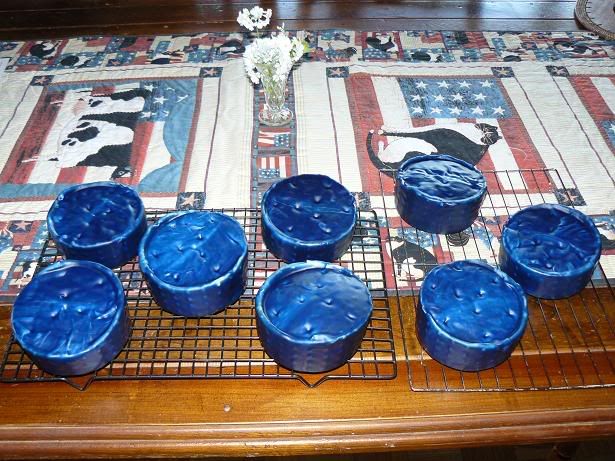
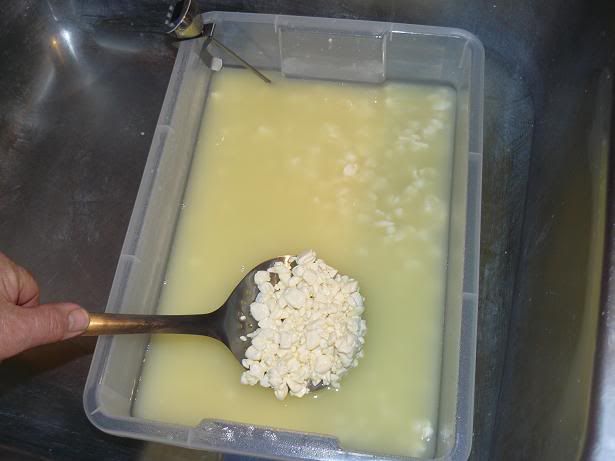
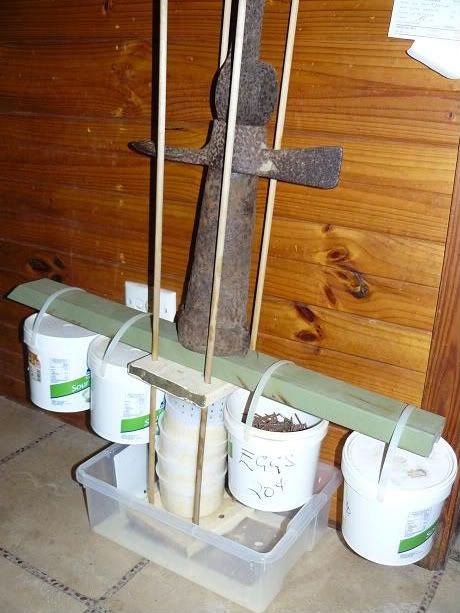
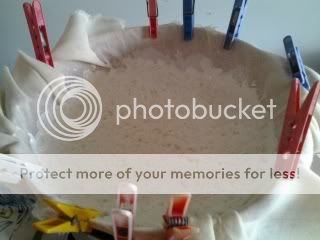
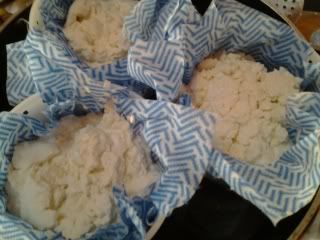
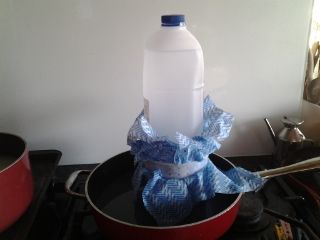

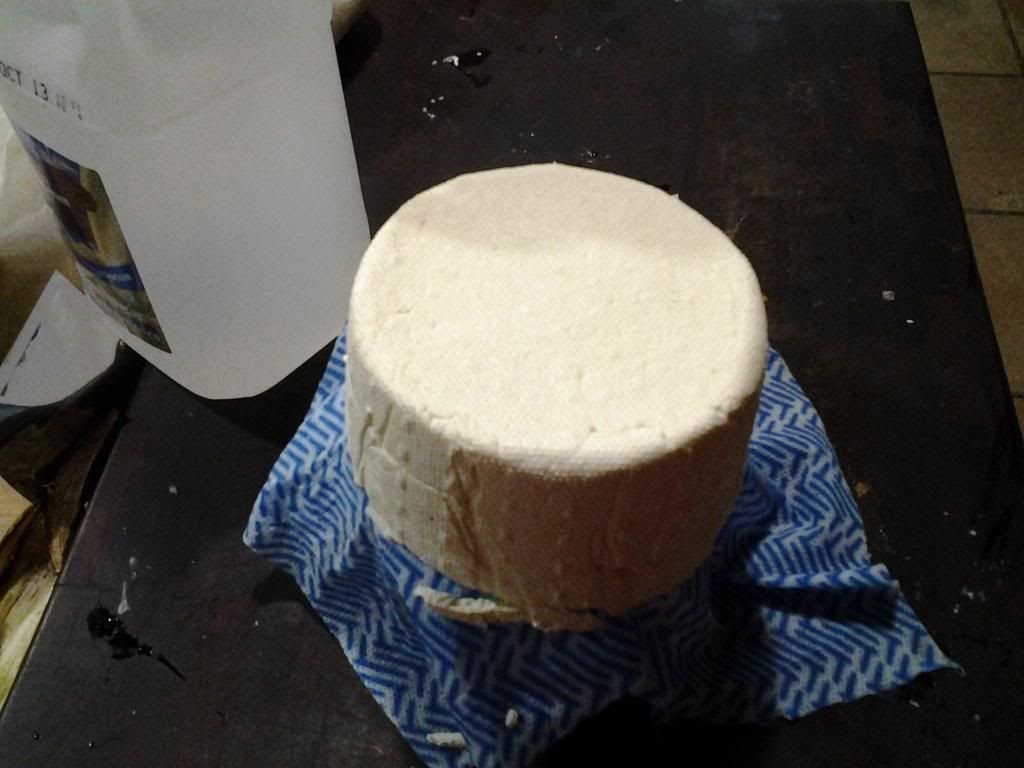

No comments:
Post a Comment
Thank you for commenting it really makes my day.